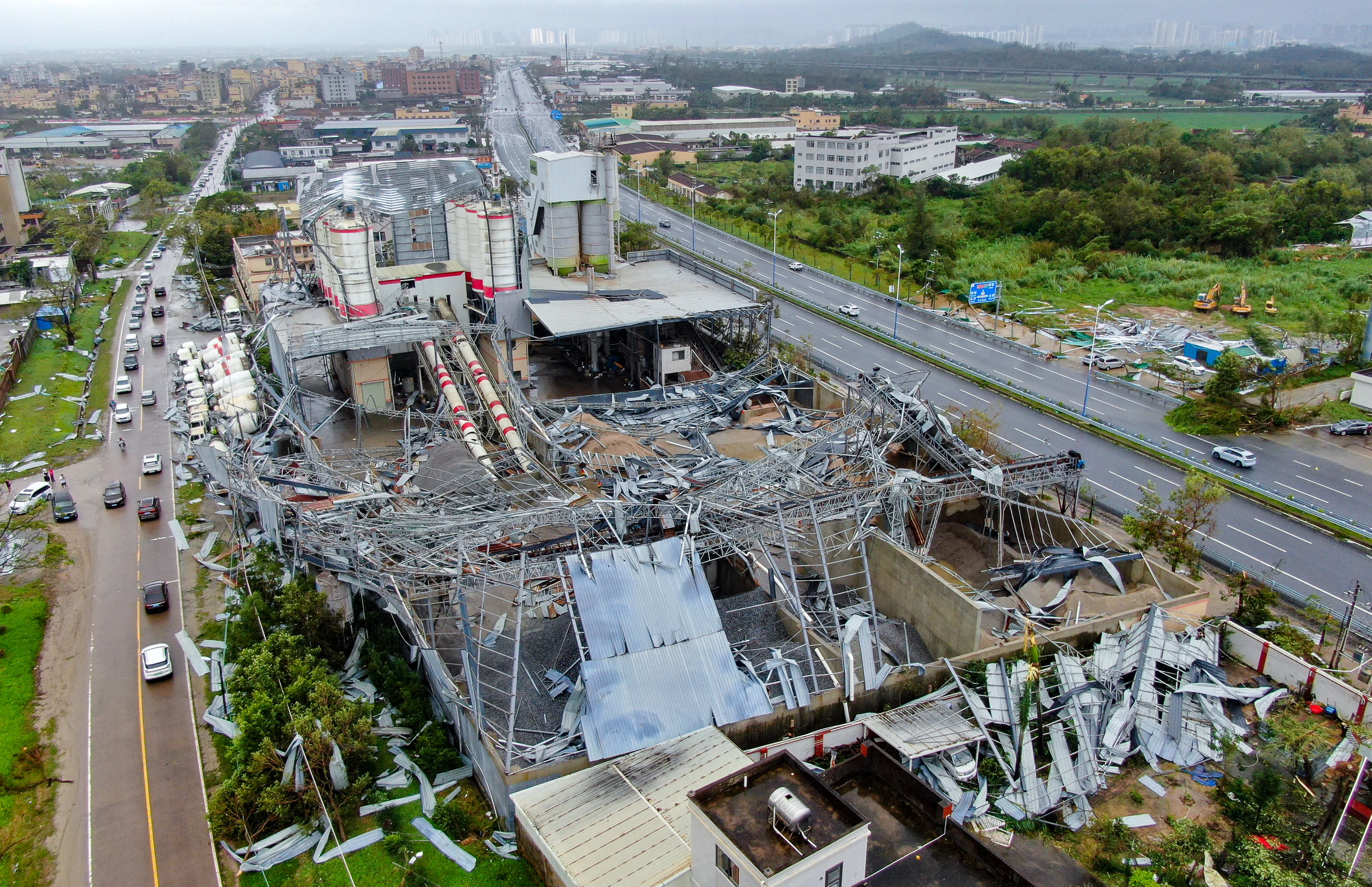By Victoria Bela
Copyright scmp

Climate change may have been responsible for more than a third of the direct damage to homes and property caused by the super typhoon that struck southern China last month, a study has concluded.
A warming Earth also made Ragasa – the strongest storm recorded this year – more powerful when it made landfall in Guangdong province, according to researchers from Imperial College London.
They added that as the planet continued to warm, tropical cyclones were expected to become increasingly destructive.
“In the case of Ragasa, a category three at landfall [under the scale used to measure Atlantic hurricanes], we estimate that this type of event was about 49 per cent more likely compared to pre-industrial times,” the rapid attribution study from Imperial’s Grantham Institute found.
“We also estimate that about a third (36 per cent) of the damage in south China of a ‘Ragasa’ type typhoon can be attributed to climate change compared to the pre-industrial baseline.”
Climate change, primarily caused by the burning of fossil fuels, boosted Ragasa’s winds by 7 per cent and rainfall by 12 per cent at landfall, the scientists added.
“If human activities hadn’t heated the climate, Ragasa would have been a weaker, less destructive typhoon,” Ralf Toumi, director of the Grantham Institute, said in a press release from the university.
Toumi said that while China appeared to have prepared well for Ragasa, more typhoons were expected to reach categories four and five – the highest levels on the classification scale used for tropical storms in the Atlantic – as the climate warmed, and this could still cause extensive damage no matter the state of readiness.
At its height, Ragasa, which formed in the western Pacific in mid-September, was classified as a super typhoon, with winds of more than 260km/h (160mph) – equivalent to a category five hurricane.
The storm swept past Taiwan and the Philippines, causing dozens of deaths, before making landfall in southern China on September 24. In Hong Kong, the storm triggered a No 10 typhoon warning – the highest level on the scale used in the city – and caused extensive damage.
“It forced millions to evacuate, downed trees, submerged streets, wrecked shops and homes, and caused mass power outages,” the study said. “Economic losses across Southeast Asia and China are expected to reach hundreds of millions of US dollars.”
The rapid attribution study – designed to carry out a quick assessment of the role of human-generated climate change after an extreme weather event – was conducted with the help of the Imperial College Storm Model, which examines the likelihood of a damaging tropical cyclone.
The study was conducted as part of the Climate Damage Tracker project, an initiative at Imperial to calculate the economic and human cost of climate change.
The Paris Agreement, an international treaty on climate change, aims to limit warming to below 2 degrees Celsius above pre-industrial levels. This year the global mean was almost 1.3 degrees above that baseline.
The world is expected to hit the 2 Celsius limit by the 2040s unless there is a rapid shift to renewable energy.
The Imperial team estimated this could result in an estimated 27 per cent further increase in damage, or a near doubling compared with the pre-industrial climate.
“Even seemingly small increases in storm intensity can result in large, asymmetric damage – at certain thresholds, buildings and trees reach their breaking point and flying debris results in a domino effect of destruction. The costs then escalate very quickly,” Toumi said.
Emily Theokritoff, a researcher at the Grantham Institute, said that the longer it took to shift away from fossil fuels, the more costly and intense extreme weather events would become.
The study highlighted the cost-benefit of emissions reductions now and not in the future, as “governments are having to reach deeper into their pockets to respond to extreme weather intensified by climate change”, she added.
Passionate about science? Dive deeper with the Dark Matters newsletter, a weekly in-depth analysis on China’s rise in science, technology and military that goes beneath the surface. Sign up for free now.



